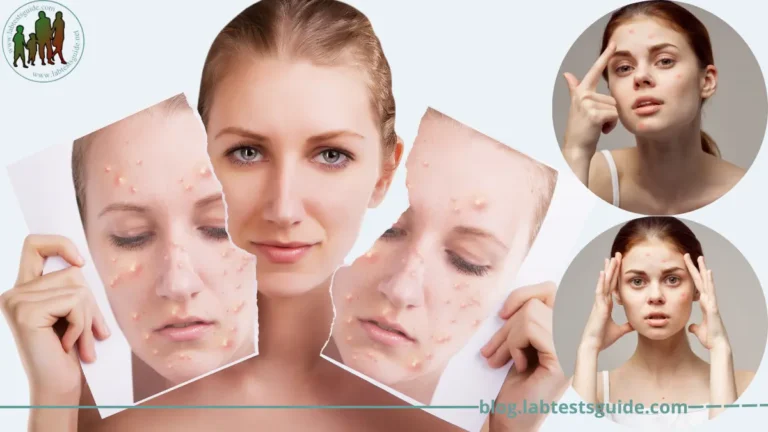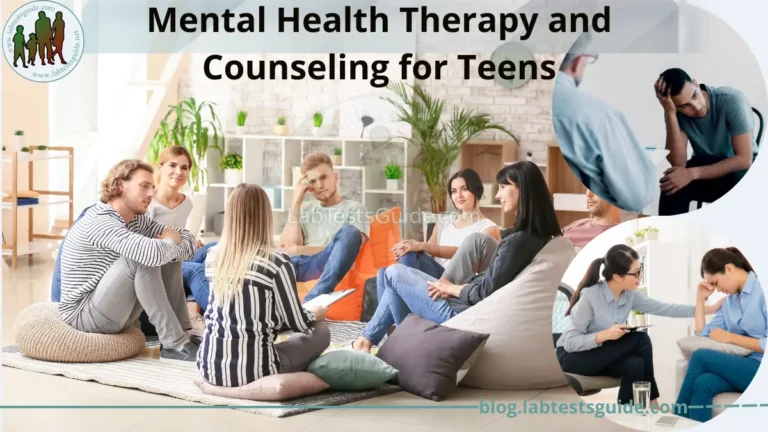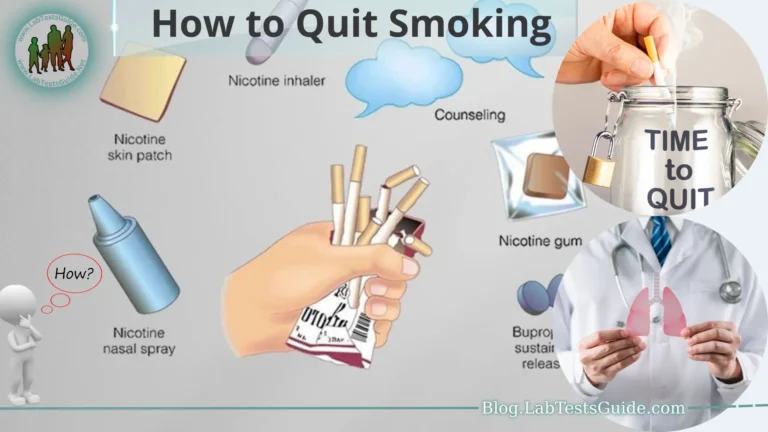Sexually transmitted diseases (STDs) and sexually transmitted infections (STIs) are a significant public health concern worldwide, particularly among teenagers and young adults. These conditions are transmitted through sexual activity, including vaginal, anal, and oral sex. STDs/STIs can be caused by bacteria, viruses, parasites, or fungi, and they can have serious health consequences if left untreated.

The transmission of STDs/STIs can occur through various routes, including unprotected sexual intercourse, sharing contaminated needles, and vertical transmission from an infected mother to her child during pregnancy, childbirth, or breastfeeding. The prevalence of STDs/STIs among teens is alarming, emphasizing the importance of education, prevention, and access to proper healthcare.
Prevention is key in reducing the spread of STDs/STIs among teenagers. This involves promoting abstinence, practicing safe sex by using barrier methods such as condoms, and getting vaccinated against certain infections like human papillomavirus (HPV) and hepatitis B. Regular testing and screening are essential for early detection and treatment of STDs/STIs, as many infections may not present symptoms initially.
In terms of treatment, seeking medical help is crucial for accurate diagnosis and appropriate management. Depending on the type of infection, treatments may involve medications such as antibiotics, antiviral drugs, or antifungal agents. In the case of HIV, antiretroviral therapy (ART) can effectively manage the infection and improve quality of life.
Common types of STDs and STIs:
Here are some common types of STDs and STIs.
- Chlamydia: Caused by the bacterium Chlamydia trachomatis, chlamydia is one of the most common sexually transmitted infections. It can affect the genitals, anus, and throat, and often presents with no symptoms. If left untreated, it can lead to complications such as pelvic inflammatory disease (PID) and infertility.
- Gonorrhea: Caused by the bacterium Neisseria gonorrhoeae, gonorrhea can infect the genitals, rectum, and throat. Like chlamydia, it can be asymptomatic or present with symptoms such as painful urination, discharge, and pelvic pain. Untreated gonorrhea can lead to complications similar to chlamydia.
- Human papillomavirus (HPV) infection: HPV is a viral infection transmitted through sexual contact. It is the most common sexually transmitted infection worldwide. While most HPV infections clear on their own, certain high-risk strains can cause genital warts and increase the risk of cervical, anal, and other types of cancers.
- Herpes: Caused by the herpes simplex virus (HSV), herpes can manifest as oral herpes (cold sores) or genital herpes. It is a lifelong infection with periodic outbreaks of painful sores or blisters. Herpes can be transmitted even when there are no visible symptoms.
- Human immunodeficiency virus (HIV): HIV is a viral infection that attacks the immune system. It is transmitted through blood, semen, vaginal fluids, and breast milk. HIV weakens the immune system, making individuals more susceptible to infections and diseases. If left untreated, HIV can progress to AIDS (acquired immunodeficiency syndrome).
- Syphilis: Caused by the bacterium Treponema pallidum, syphilis can progress through stages if untreated. It presents with various symptoms, including painless sores (chancres), rashes, fever, and flu-like symptoms. In its late stages, syphilis can cause severe complications affecting the heart, brain, and other organs.
It is important to note that this is not an exhaustive list, and there are other STDs/STIs, such as trichomoniasis, hepatitis B and C, and pubic lice, among others. Each infection has its own transmission methods, symptoms, and potential complications. Regular testing, practicing safe sex, and seeking medical attention are crucial for prevention and early treatment.
Prevention of STDs and STIs:
Here are several key strategies for prevention.
- Abstinence: Abstinence, refraining from any sexual activity, is the most effective way to prevent STDs and STIs. By abstaining from sexual intercourse, individuals eliminate the risk of transmission entirely.
- Safe sex practices: For those who choose to engage in sexual activity, practicing safe sex can significantly reduce the risk of contracting and spreading STDs and STIs. Safe sex practices include:
- Proper use of condoms: Consistently and correctly using latex or polyurethane condoms (or dental dams for oral sex) can provide a barrier that prevents the exchange of bodily fluids and reduces the risk of infection. It is important to use condoms throughout the entire sexual encounter, from start to finish.
- Dental dams and other barrier methods: For oral sex performed on a vulva or anus, dental dams (thin sheets of latex or polyurethane) can be used as a barrier to prevent direct contact. Similarly, using condoms or other barrier methods (such as latex gloves) for manual or anal stimulation can reduce the risk of transmission.
- Vaccinations: Vaccinations are available for certain STDs that can significantly reduce the risk of infection. The two main vaccines for STD prevention are:
- HPV vaccine: The human papillomavirus (HPV) vaccine is recommended for both males and females. It protects against certain strains of HPV that can cause genital warts and various types of cancers, including cervical, anal, and oropharyngeal cancers.
- Hepatitis B vaccine: The hepatitis B vaccine provides protection against hepatitis B virus (HBV) infection, which can be sexually transmitted. Hepatitis B can lead to chronic liver disease and other complications.
- Communication and consent: Open and honest communication with sexual partners about STDs and STIs is essential. Discussing sexual health history, getting tested together, and ensuring mutual consent before engaging in sexual activity can help in making informed decisions and preventing the spread of infections.
- Regular testing and screening: Regular testing and screening for STDs and STIs are important, especially for sexually active individuals. Testing allows for early detection, timely treatment, and prevention of further transmission. Testing should be done according to healthcare provider recommendations or based on individual risk factors.
It is important to note that no preventive method is 100% foolproof. Therefore, a combination of approaches, such as using condoms consistently and getting vaccinated, along with open communication and regular testing, offers the best protection against STDs and STIs.
Treatment of STDs and STIs:
Here are some common aspects of treatment.
- Seeking medical help: If you suspect you have an STD or STI, it is important to seek medical help from a healthcare provider experienced in sexual health. They can conduct a thorough examination, ask about symptoms and sexual history, and order appropriate tests for diagnosis.
- Medications and antibiotics: Many STDs and STIs can be treated with medications, including antibiotics, antiviral drugs, or antifungal agents, depending on the type of infection. It is important to take the prescribed medications as directed by the healthcare provider and complete the full course of treatment, even if symptoms improve.
- Antiretroviral therapy (ART) for HIV: For individuals living with HIV, antiretroviral therapy (ART) is the standard treatment. ART involves a combination of antiretroviral medications that suppress the replication of the virus, slow down the progression of HIV, and help maintain a healthy immune system.
- Partner notification and treatment: If you have been diagnosed with an STD or STI, it is crucial to inform your sexual partners so they can seek testing and treatment as well. This practice, known as partner notification, helps prevent further transmission and ensures that all individuals involved receive necessary care.
- Follow-up care and counseling: After receiving treatment for an STD or STI, it is important to follow up with your healthcare provider for any necessary follow-up appointments or additional tests. Regular follow-up care helps ensure that the infection has been successfully treated and provides an opportunity for further education, counseling, and support.
It is important to note that not all STDs and STIs can be cured completely. In such cases, treatment focuses on managing symptoms, reducing complications, and preventing the spread of the infection. Therefore, prevention through safe sex practices, regular testing, and vaccination remains crucial in reducing the overall burden of STDs and STIs.
Resources for Teens:
Here are some common resources.
Local health clinics and services:
Local health clinics, including community health centers, family planning clinics, and sexual health clinics, often provide services specifically for teens. These clinics offer confidential and affordable or free sexual health services, including testing, treatment, counseling, and education. They may also provide contraception and vaccinations.
- Online resources and helplines: Numerous online resources and helplines provide accurate and reliable information about STDs and STIs. Some organizations have dedicated websites or hotlines specifically for teenagers. These resources offer information about prevention, testing, treatment, and emotional support. Examples include:
- Planned Parenthood: Planned Parenthood provides comprehensive sexual health information, including information on STDs and STIs. Their website offers educational resources, FAQs, and a clinic locator tool.
Centers for Disease Control and Prevention (CDC) – STDs: The CDC website provides extensive information on STDs, including resources specific to teenagers. They offer educational materials, fact sheets, and guidelines for prevention, testing, and treatment.
The American Sexual Health Association (ASHA): ASHA’s website offers information and resources on sexual health, including comprehensive information on various STDs/STIs, prevention strategies, and where to find local services.
Support groups and counseling services: Support groups and counseling services can provide emotional support, guidance, and a safe space to discuss concerns and experiences related to STDs and STIs. These resources can help teenagers cope with the emotional and psychological aspects of living with or being at risk for these infections. Local health clinics or organizations specializing in sexual health may offer support groups or refer individuals to counseling services.
Additionally, school-based sexual education programs, school nurses, and trusted healthcare professionals can be valuable resources for teenagers seeking information and support regarding STDs and STIs. Remember that confidentiality and privacy are important aspects of accessing these resources, ensuring that teenagers feel comfortable seeking the help they need.
FAQs:
What should I do if I suspect I have an STD or STI?
If you suspect you have an STD or STI, it is important to seek medical help from a healthcare provider experienced in sexual health. They can perform the necessary tests for diagnosis, provide appropriate treatment if needed, and offer guidance on prevention and future sexual health practices.
Can I get an STD or STI from oral sex?
Yes, it is possible to contract STDs and STIs through oral sex. Infections such as chlamydia, gonorrhea, syphilis, herpes, and HIV can be transmitted through oral-genital contact. Using barrier methods such as condoms or dental dams can help reduce the risk of transmission during oral sex.
How effective are condoms in preventing STDs and STIs?
When used consistently and correctly, condoms are highly effective in reducing the risk of many STDs and STIs. They provide a barrier that prevents direct contact with bodily fluids, which can contain infectious agents. However, it is important to note that condoms do not provide 100% protection against all infections, as some infections can be transmitted through skin-to-skin contact or other means.
Can STDs and STIs be cured completely?
The curability of STDs and STIs varies depending on the specific infection. Some infections, such as chlamydia, gonorrhea, and syphilis, can be cured with appropriate treatment, usually with antibiotics. However, viral infections like herpes, HIV, and HPV cannot be cured completely, but their symptoms and complications can be managed with medical interventions.
How can I talk to my partner about STDs and safe sex?
Open and honest communication with your partner about STDs and safe sex is important for both of your sexual health. Find a comfortable and private setting to have the conversation. Be direct, respectful, and non-judgmental. Discuss your own sexual health history, express your concerns, and ask about your partner’s history and experiences. Together, you can make informed decisions about practicing safe sex, getting tested, and using protection.
Conclusion:
In conclusion, STDs and STIs are common infections that can have serious consequences if left untreated. It is important for teenagers to have access to accurate information about prevention, testing, and treatment options. By practicing safe sex, getting vaccinated, seeking medical help when needed, and engaging in open communication, teenagers can reduce their risk of contracting and transmitting STDs and STIs. Utilizing available resources such as local health clinics, online information sources, support groups, and counseling services can provide the necessary support and guidance for maintaining sexual health. Remember, prevention is key, and taking proactive steps towards education and healthcare can contribute to a healthier future.






